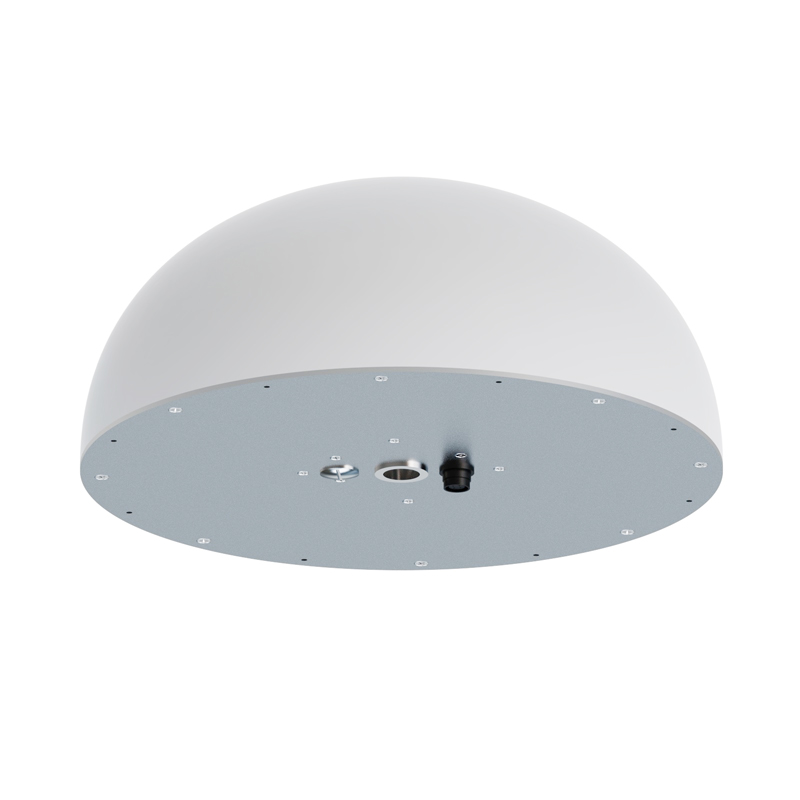
GNSS Receivers
Model:FT-GS1
Brand:fengtu
1. GNSS Receivers Product Introduction
GNSS Receivers capture and analyze weak signals from satellites to accurately monitor surface displacement and deformation in real time.GNSS Receivers are millimeter-level displacement monitoring products implemented using differential RTK technology. They can be widely used in engineering fields such as dam safety monitoring, bridge health detection, and landslide warning. This product has high precision, high stability and real-time data transmission capabilities, and can accurately monitor small displacement changes of targets in various complex environments. The GNSS displacement station is simple to operate and install, and can be used for remote monitoring and data analysis, providing a strong guarantee for project safety. In addition, its powerful data processing capabilities and compatibility enable the product to be easily integrated into various monitoring systems to achieve data sharing and integration, providing a comprehensive and efficient solution for engineering safety monitoring.
2. GNSS Receivers product parameters
Sensor parameters:
1. Sensor power supply: DC10V-15V
2. Sensor power consumption: 0.25W
3. Static accuracy (differential mode): horizontal ± (2.5mm+1ppm), vertical ± (5mm+1ppm)
4.☆Antenna: choke coil antenna, magnetic absorbing material, effectively reducing multipath effect
5.☆Communication protocol: Modbus-RTU, supports offline calculation of displacement, vertical and horizontal directions of displacement on the device side
6.Support RTCM3 differential data
7. Dimensions: diameter 360mm, height 163mm
8. Working environment: -40°C~+85°C, 0%RH~95%RH (no condensation)
3. GNSS Receivers product installation
Installation requirements:
1. There should be no tall buildings around either the base station or the measuring station. If it cannot be avoided, it should be at least 20 meters away.
2. The distance (baseline distance) between the base station and the measuring station is recommended to be less than 500 meters, and the maximum should not exceed 2KM. Try to install them at the same altitude. Excessive distance will cause the longitude to decrease.
3. The base station and the measuring station should be as visible as possible. If they cannot be fully visible, high walls, buildings, etc. should be avoided.
4. Ensure that the measuring antenna is at the highest point within 20 meters.
5. The installation base should be firm to avoid accuracy loss caused by wind.
6. The height of the data transmission antenna and lora antenna cannot be higher than the measurement antenna, and should be as far away from the measurement antenna as possible. To ensure subsequent measurement accuracy, you can also contact the company for after-sales video guidance for specific installation matters.
Article address:https://www.sqqx.net/en/GNSS-monitoring-station/GNSS-Receivers.html

 +86 15898932201
+86 15898932201 Get a Free Quote
Get a Free Quote



